While playing Star Wars Outlaws, I’ve noticed that Ubisoft’s open-world game follows a common trend in triple-A games. No, I’m not talking about the obvious ones, like shimmying through cracks in a wall or having yellow paint on the environment so you can tell what objects are interactable — though it does do both of those things. I’m talking about the fact that, when you enter a vent, Kay Vess disappears.
Venting To The First-Person You See
This has become an increasingly common way for triple-A games to handle putting a third-person camera in a space that would otherwise make it difficult to see. You can’t rotate the camera around a character in a vent in third-person without a) its orbit getting caught on or clipping through the walls, b) making the character and camera smaller or, c) making the vent bigger.
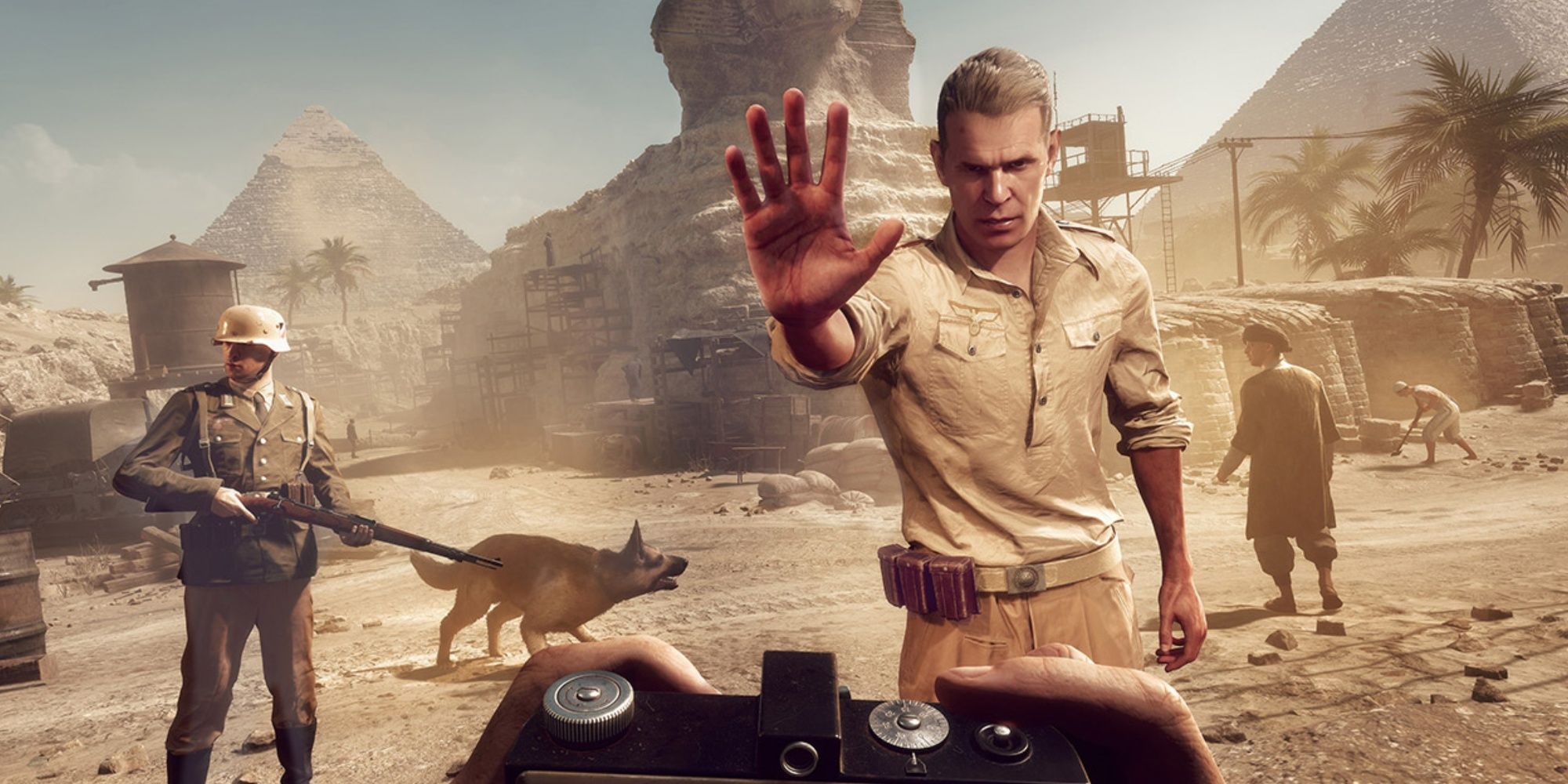
Related
MachineGames Shouldn’t Need To Apologise For Indiana Jones
After two brilliant Wolfenstein games (and also Youngblood), MachineGames has more than proven itself.
Swapping to first-person is an elegant solution. The original Metal Gear Solid handled vents like this all the way back in 1998, which was in keeping with its use of first-person as a supplement to its normal top-down perspective. But, I noticed it becoming a broader trend with Ghost of Tsushima. When Jin would crawl through a tent flap or under a building, the camera would swap to first-person for as long as you were there. Marvel’s Spider-Man 2 did the same in missions where you used Spider-Bot.
Generally, games are playing with different perspectives far more often than they used to. There are older games that swap from first-person to third-person, like Vampire: The Masquerade – Bloodlines, which used first-person most of the time, but third-person for melee combat and stealth. But, in the past decade and change, this kind of versatility has become increasingly common.
You can play The Elder Scrolls V: Skyrim and GTA 5 in first-person or third-person. Cyberpunk 2077 is first-person, but lets you swap to third-person while driving around Night City. Driving is easier in third-person, but Cyberpunk’s world is undeniably vibes-ier in first-person.
Dynamic Perspectives Are So Hot Right Now
Indiana Jones and the Great Circle is a recent example. MachineGames’ new adventure game takes a best-of-both-worlds approach. It’s mostly in first-person, but swaps to third-person when it makes sense: for climbing and whip-swinging.
Though I think of it as an isometric RPG, you can play Baldur’s Gate 3 from a variety of perspectives, zoomed all the way out, over your character’s shoulder, or somewhere in between. If you played the game with mouse-and-keyboard, you probably mostly used the isometric perspective. If you played with a controller, you probably mostly used third-person (save for the fights). The game leaves it up to you to do whatever feels best.
This is becoming increasingly common and that’s both good and bad. The good thing is that games are evolving, finding new solutions, and implementing them in cool ways. Swapping to first-person when you need to crawl through a vent is a convenient fix, and it’s rad to see so many games take it and run with it. Given that this is a trend that I’ve seen emerge in just the past few years, it has me excited about the ways games will continue to change in the future, how they’ll find exciting new fixes to previously intractable problems.
Not Every Game Needs To Do This, Though
The bad part is that when games like GTA and Skyrim include multiple perspectives, it sets the expectation that games need to include multiple perspectives or that first-person is somehow bad. That was a common talking point after Cyberpunk had its first demo at E3 back in 2018, and it reared its ugly head again when Indy’s early trailers revealed it was largely first-person.
If games increasingly borrow whatever works best for a given situation or given player, it can make those players less accepting of games that diverge from the norm even slightly. We’re living at a time when most triple-A narrative games follow a pretty narrow third-person action-adventure template and, though I like some of these games, big-budget games in the medium feel increasingly narrow.
Games can be anything and if a shifting perspective helps them be what they need to be, that’s great. But I worry that games using the same fixes could, eventually, make the medium as narrow as one of these vents.
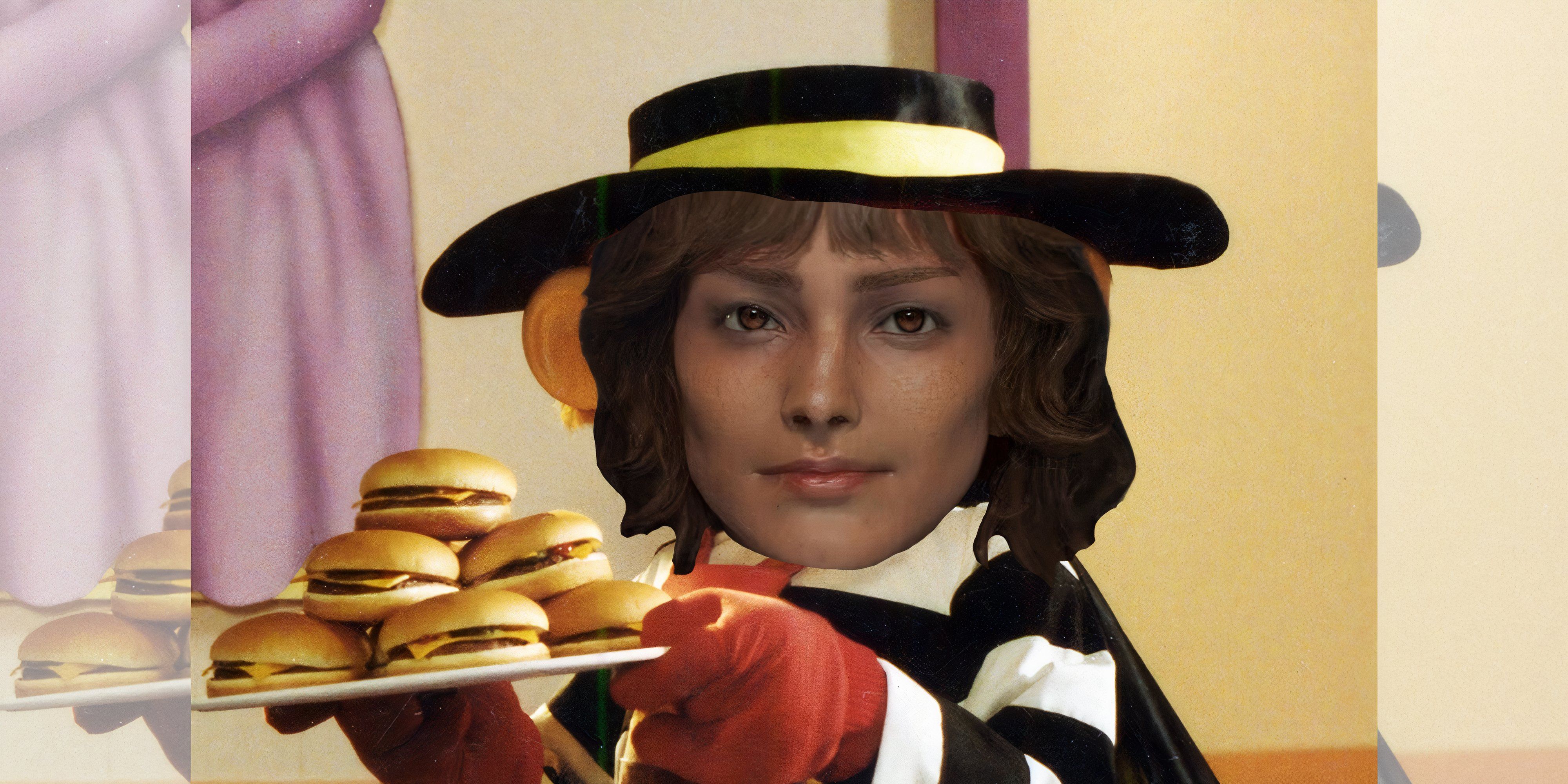
Next
Is Star Wars Outlaws Ditching Stealth A Good Idea Or A Bad Omen?
With a new creative director at the helm, how many doors need closed after the horse has bolted?
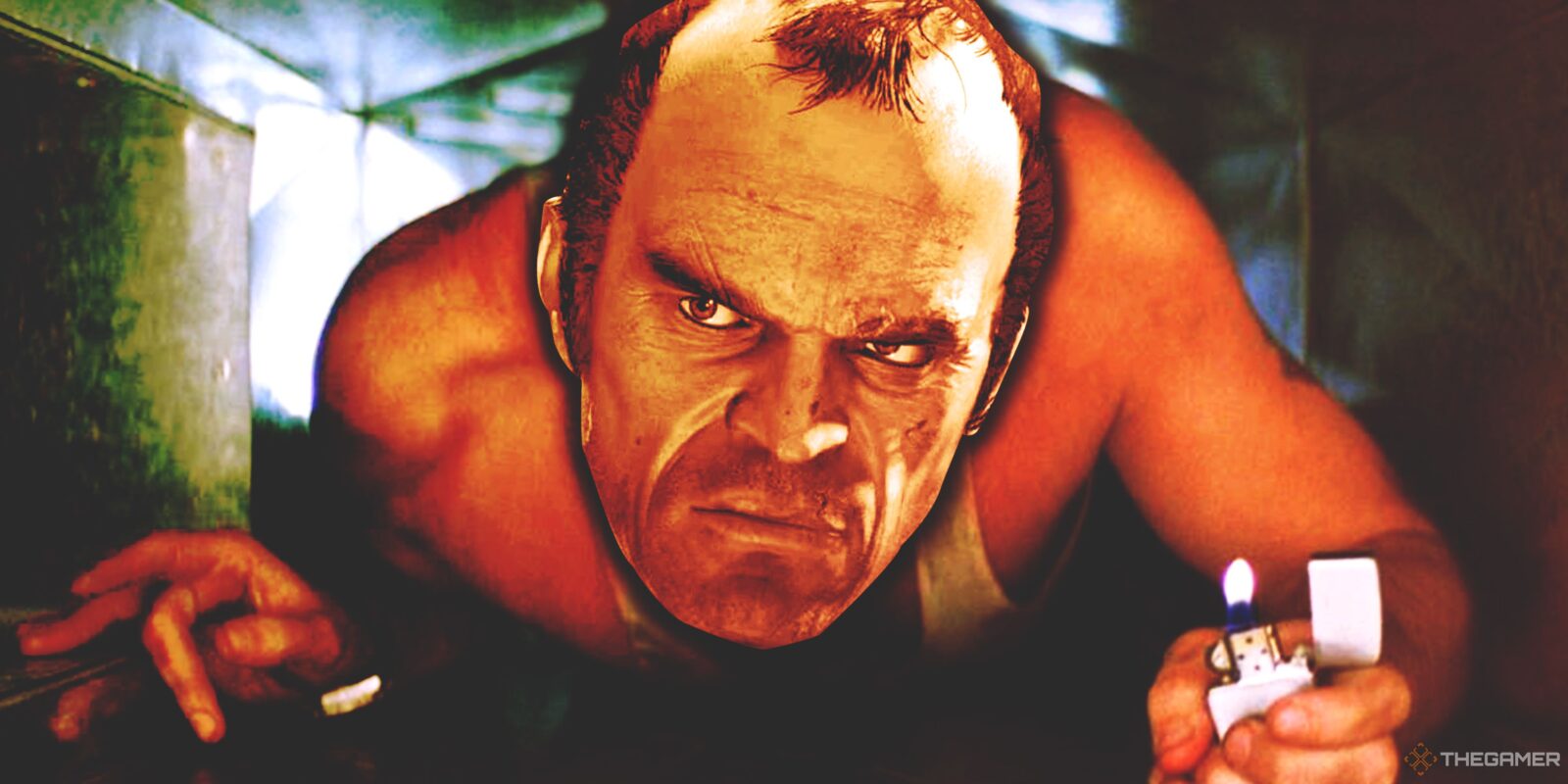

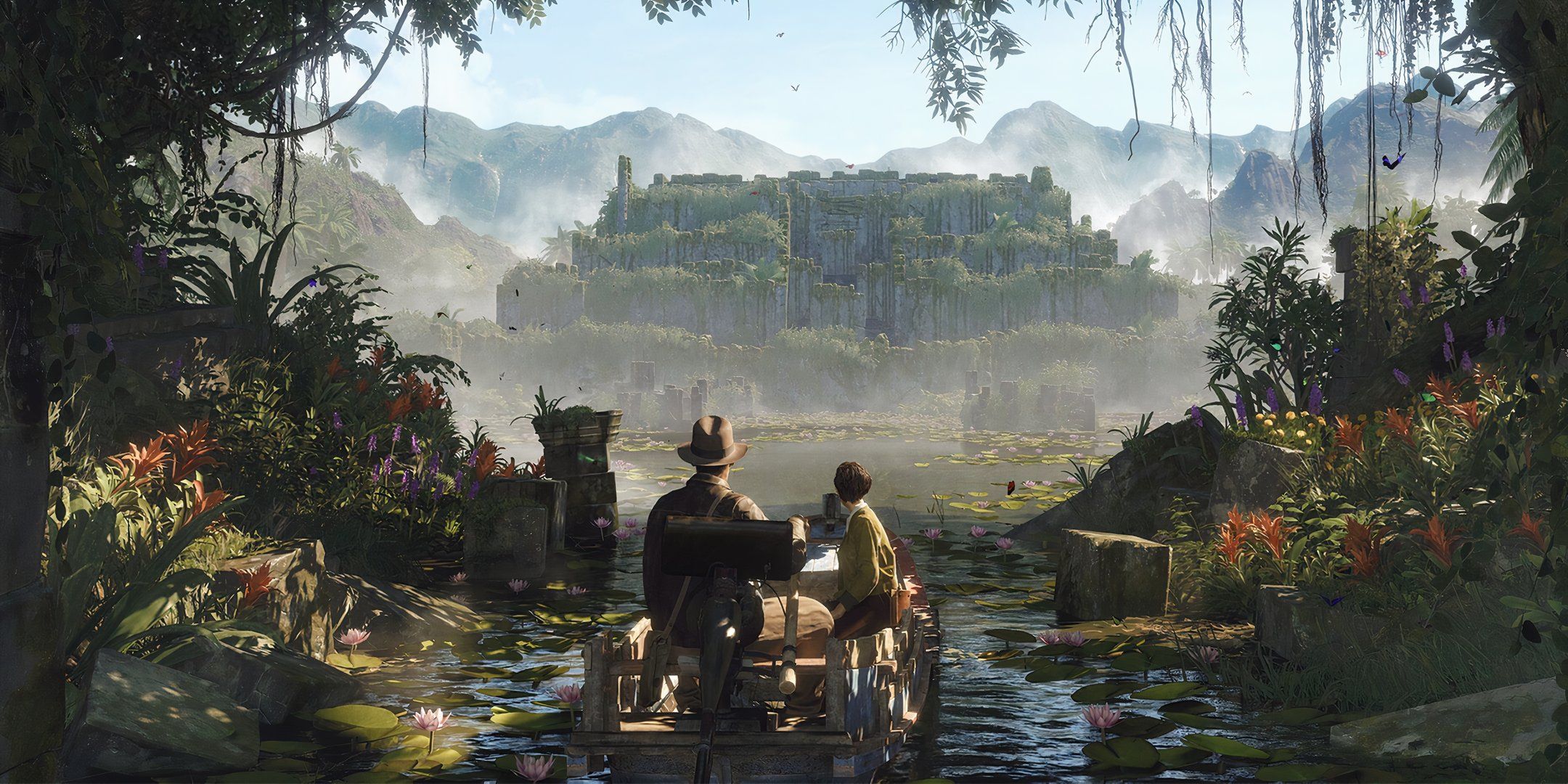







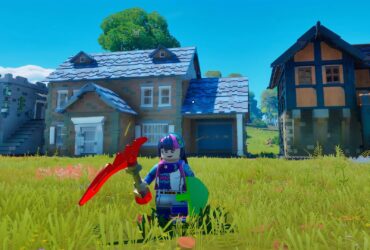


Leave a Reply